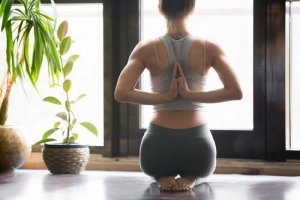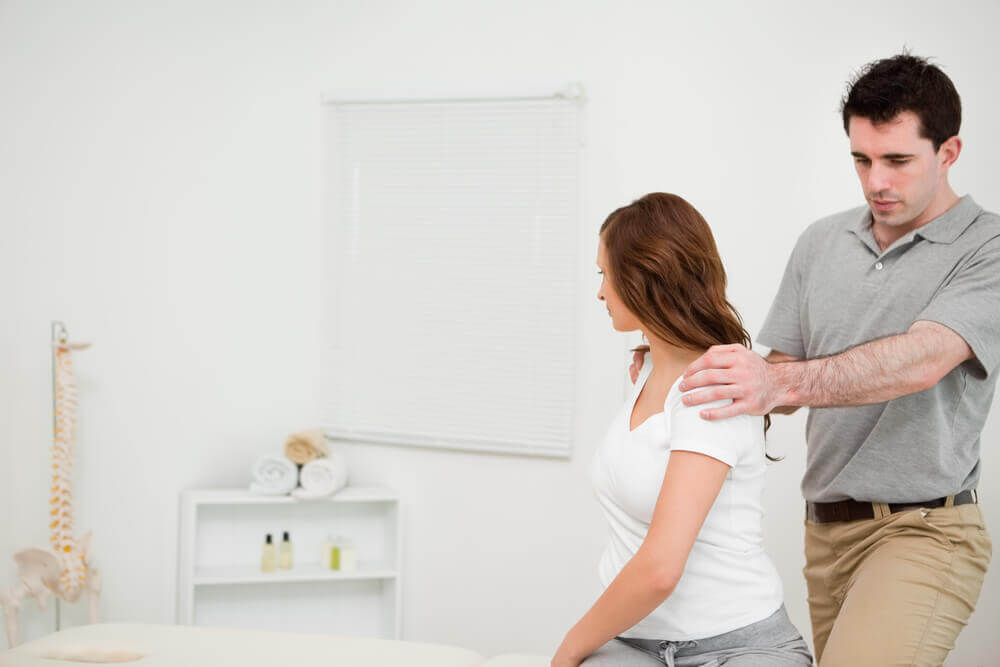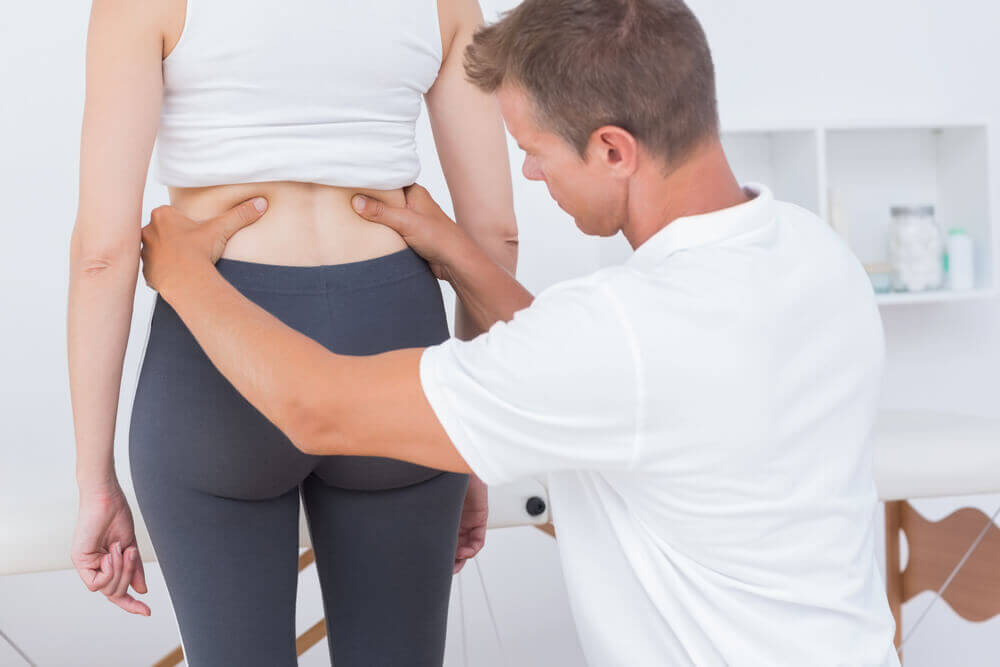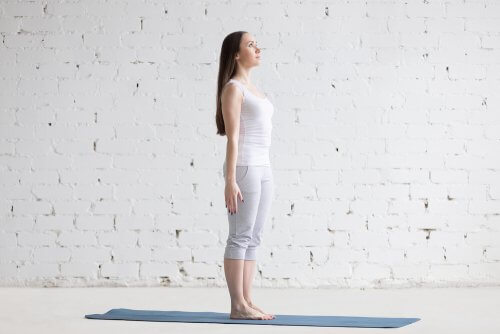What is Global Postural Reeducation?


Reviewed and approved by the doctor Karla Henríquez
Global postural reeducation is based on individualized processes that are adapted to the needs of each patient to improve their capabilities at both primary and total-body levels.
If you have heard about global postural reeducation but do not know what it is, then we will bring you up to speed on it.
First, you must bear in mind that it is a therapeutic method that allows one to evaluate, diagnose and treat any type of pathology that, in some way, affects the musculoskeletal system.
In order to let you know a little more about this therapeutic practice, below we will share with you everything you need to know about it.
What is global postural reeducation?

Also known as GPR, global postural reeducation is based on key objectives, among which manual treatment of postural alterations are foremost.
Likewise, the practicioner is also in charge of managing cases that cause some kind of pain or discomfort in the patient.
This method is innovative, because it is a treatment that is characterized by being progressive and gentle, so it can be perfectly applied to anyone, no matter how old they are.
Additionally, the global postural reeducation methodology respects the abilities of each person, recognizing that each pathology is different and that each individual evolves at his own pace.
The popularity of GPR treatments is based on the fact that each of them is totally personalized, and the therapy is based on the particular circumstances of each person, always addressing the symptoms that they cause.
Also see: 5 Recommendations to Improve Your Posture and Relieve Back Pain
The principles of global postural reeducation

This innovative therapeutic practice is based on key principles that safeguard its essence. Among these, the following stand out:
Globality
The term “globality” as it relates to the body means that all processes are interrelated.
This is taken into account throughout the procedure, from the diagnosis and initial evaluation, to the treatment and management of pain.
Causality
In order to treat the pathologies that affect the neuromusculoskeletal system, the root causes of the problem must be located.
From there, one must act, not only by paying attention to its consequences, but mainly by attacking the sources of these problems.
The fundamentals behind the global postural reeducation
In addition, of the aforementioned principles, global postural reeducation has key foundations that characterize it.
1. A different perspective on the muscular system

This implies that they are interrelated with each other. Therefore, if any part of it is affected, the consequences also affect the entire muscle chain or system.
Visit this article: Relieve Your Shoulder Pain with These Homemade Remedies
2. The division of the musculature
The muscular system is divided into static and dynamic muscles. Each of them has different characteristics:
- Static muscles have little efficacy when they are rigid or hypertonic.
- The dynamic ones decrease their effectiveness when damaged.
3. Reeducation of the global posture

Global postural reeducation seeks to strengthen the body and return the joints to their natural state. Through exercises or stretching, the intention is to prevent gravity from compressing the joints.
We cannot overlook that all of the kinds of pathologies that affect the neuromusculoskeletal system also affect breathing, in some way.
Each individualized treatment is made up of a set of stretches that evolve gradually.
They begin in a stage, where there is almost no resistance, and they advance until the muscles are stretched. This is carried out progressively, taking into account the patient’s abilities.
The main basis of this practice is the manual therapeutic process, which generates no sudden or unexpected movements for the patient, but gradually increases in intensity.
Global postural reeducation has spread worldwide thanks to its great benefits.
All cited sources were thoroughly reviewed by our team to ensure their quality, reliability, currency, and validity. The bibliography of this article was considered reliable and of academic or scientific accuracy.
- Barroqueiro, C., & Morais, N. V. (2014). The effects of a global postural reeducation program on an adolescent handball player with isthmic spondylolisthesis. Journal of Bodywork and Movement Therapies. https://doi.org/10.1016/j.jbmt.2013.10.002
- Bonetti, F., Curti, S., Mattioli, S., Mugnai, R., Vanti, C., Violante, F. S., & Pillastrini, P. (2010). Effectiveness of a “Global Postural Reeducation” program for persistent Low Back Pain: A non-randomized controlled trial. BMC Musculoskeletal Disorders. https://doi.org/10.1186/1471-2474-11-285
- Dimitrova, E., & Rohleva, M. (2014). Global Postural Reeducation in the Treatment of Postural Impairments. Resaarch in Kinesiology.
This text is provided for informational purposes only and does not replace consultation with a professional. If in doubt, consult your specialist.








